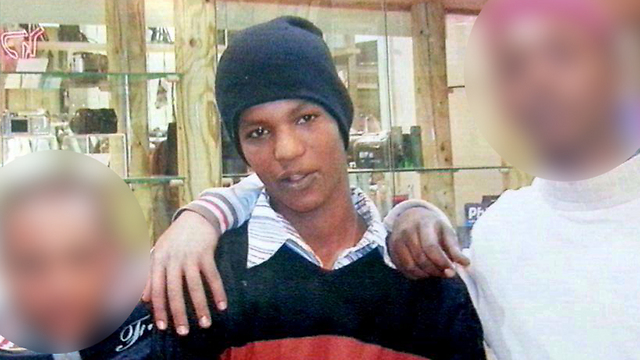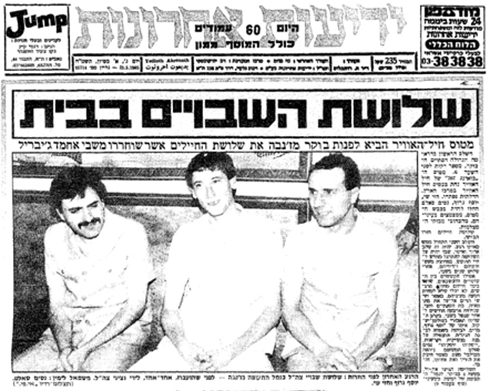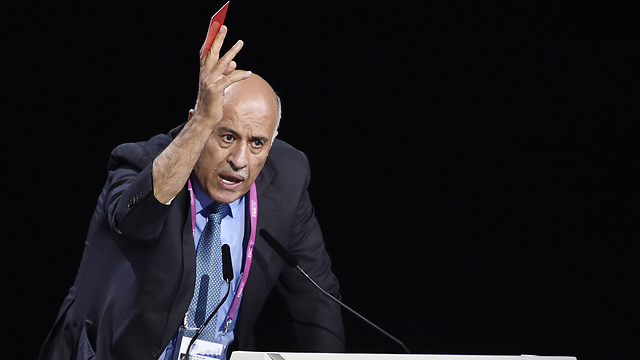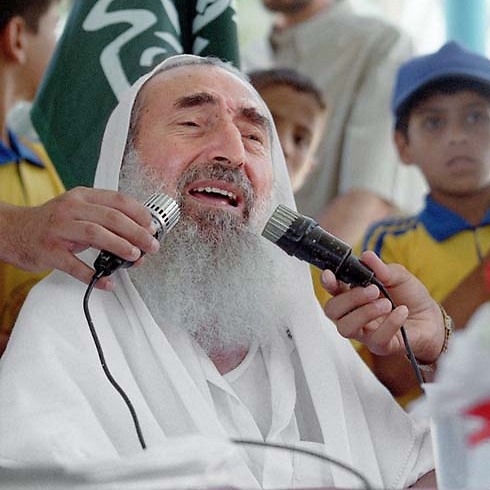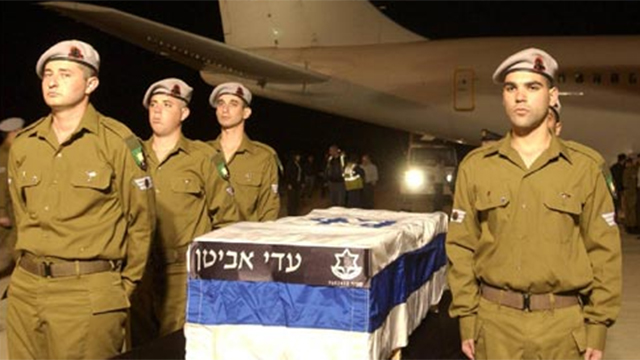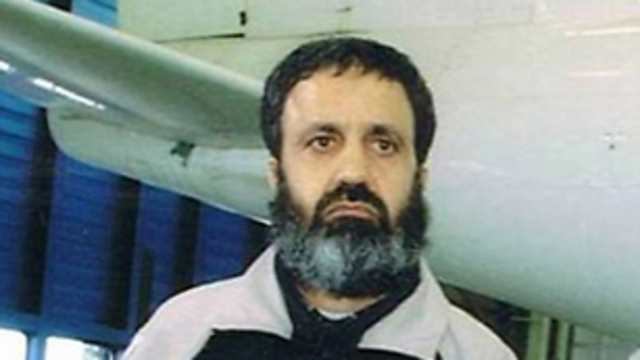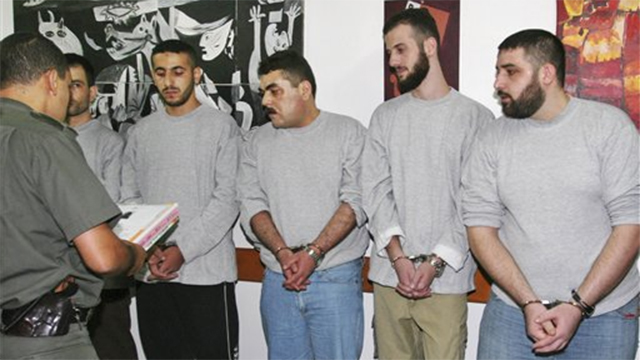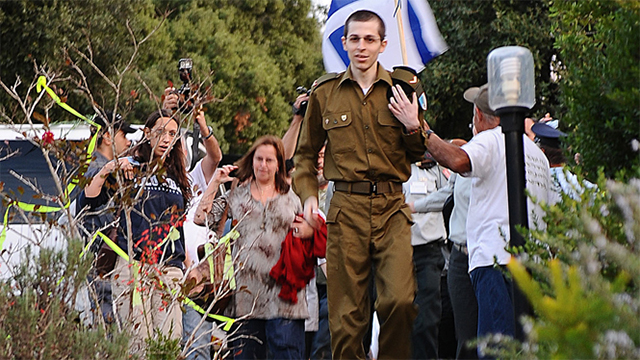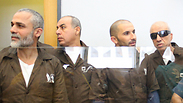
Over the years, Israel has released some 7,500 Palestinian and Arab prisoners in deals made with the Palestinian Authority, Hamas and Hezbollah for the return of 14 living Israeli soldiers and civilians and six bodies.
During the previous Knesset, however, legislation by then-MK, now Justice Minister Ayelet Shaked was passed placing limitations on such prisoner exchange deals.
According to the new legislation, the release committee cannot discuss the release of a prisoner who has served less than 15 years, and cannot recommend shortening the length of imprisonment to less than 40 years. Additionally, a prisoner convicted of murder with aggravated circumstances could not be freed as part of a future political deal.
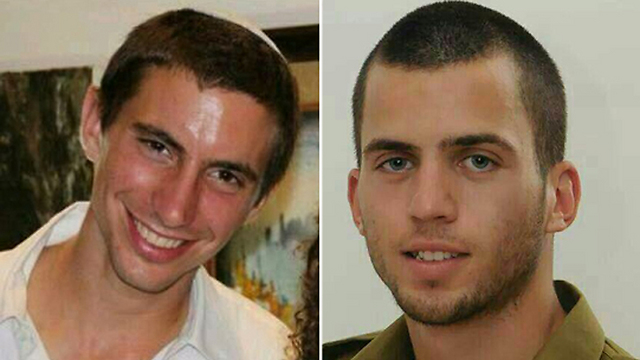
The question remains of whether Israel will free more prisoners for the two civilians and the bodies of the two soldiers. Meanwhile, Ynet looked back at significant past deals to bring Israelis back home.
The Jibril Agreement
May 21, 1985: The Jibril deal is perhaps the most significant prisoner exchange deal in Israel's history. During the first Lebanon war, three IDF soldiers were captured - Yosef Grof, Nissim Salem, Hezi Shai - by the Popular Front for the Liberation of Palestine - General Command (PFLP-GC) led by Ahmed Jibril.
The fate of the three soldiers was unknown for a long time until the PFLP-GC admitted to having them. After long negotiations in Geneva, a prisoner exchange deal was made in which Israel agreed to release 1,150 terrorists for the three soldiers.
Among the freed prisoners were PA official Jibril Rajoub, who currently serves as the head of the Palestinian Football Association and the Palestinian Olympic Committee, and Sheikh Ahmed Yassin, a Gazan Muslim Brotherhood leader (and later spiritual leader of Hamas). Others included Ahmed AlAbras, one of the perpetrators of the 1979 Nahariya attack in which the Haran family and policeman Eliyahu Shachar were murdered, and Mohammad Shubaki who murdered Hadassah and Uriel Barak in Beit Guvrin in March 1979.
After the swap, then-IDF chief Moshe Levy said that the fact the soldiers were taken captive without resistance and by a much smaller force is unacceptable in the IDF, and considered prosecuting the soldiers. The soldiers denied the allegations attributed to them.
After Lebanon withdrawal, kidnapping in Mount Dov
The IDF withdrew from southern Lebanon in 2000, 18 years after entering the hostile territory during the First Lebanon War. Only five months later, on October 7, 2000, Hezbollah kidnapped three soldiers patrolling the border fence in the Mount Dov area - Adi Avitan, Benny Avraham and Omar Souad. A week later, Hezbollah leader Hassan Nasrallah announced the organization was also holding Col. (res.) Elhanan Tannenbaum.
A year later, the IDF announced the three soldiers had been killed in the attack that led to their capture. Almost four years after being taken, following a long public campaign from the families, the three soldiers' bodies and Tannenbaum were returned in a prisoner exchange on January 29, 2004.
For the three bodies and the Israeli civilian, Israel returned 60 bodies and 401 Palestinian prisoners to Lebanon, as well as four Lebanese soldiers to Hezbollah. Among the most significant figures released was Mustafa Dirani, the "head of security" of the Amal movement in Lebanon which was behind the capture of IAF navigator Ron Arad. Dirani, which Israel believed met face to face with Arad, was kidnapped in a daring Sayeret Matkal operation in 1994.
A decade later, however, he was released as part of the deal, along with senior Hezbollah member Abdal-Karim Obeid, who was also kidnapped by Israel.
The kidnapping that led to Second Lebanon War
July 12, 2006: Ehud Goldwasser and Eldad Regev were kidnapped in a Hezbollah raid on an IDF patrol. Three other soldiers were killed in the raid. Following the kidnapping, Israel launched the Second Lebanon War. Early on, assessments in Israel were that the two abducted soldiers were killed in the raid as well.
In June 2008, almost two years after the kidnapping, the Israeli government led by then-prime minister Ehud Olmert decided to approve a prisoner exchange deal to bring the bodies back for burial in Israel.
In that deal, 190 bodies of Hezbollah terrorists were returned to Lebanon, along with five terrorists, among them Samir Kuntar, who was the mastermind behind the murder of the Haran family and policeman Eliyahu Shachar.
Gilad Shalit returns home
Even before the Second Lebanon War broke out, another significant event occurred on June 25, 2006, when Hamas terrorists kidnapped an Armored Corps soldier in Kerem Shalom, Corporal Gilad Shalit.
Shalit was in Hamas captivity for five years, during which his family led a campaign both in Israel and abroad for his return.
In October 2009, more than three years after the kidnapping, Hamas released a two and a half minutes long video in which Shalit is seen in uniform. This video was likely the trigger that sped up the deal to bring him home.
Two years later, Prime Minister Benjamin Netanyahu approved a prisoner exchange deal in which Gilad, who turned into a symbol in Israel, returned home in exchange for 1,027 Palestinian and Israeli Arab prisoners, including terrorists with blood on their hands.
Opponents of the deal said there was a possibility that some of these prisoners would return to terror activity. This fear was realized in June 2014, when Ziad Awad murdered Police Chief Superintendent Baruch Mizrahi, while the latter was on his way to celebrate Seder night in the Hebron area.
Some of those freed in the Shalit deal have already been re-arrested during Operation Brother's Keeper in 2014 launched after the kidnapping of thee Israeli yeshiva students.















